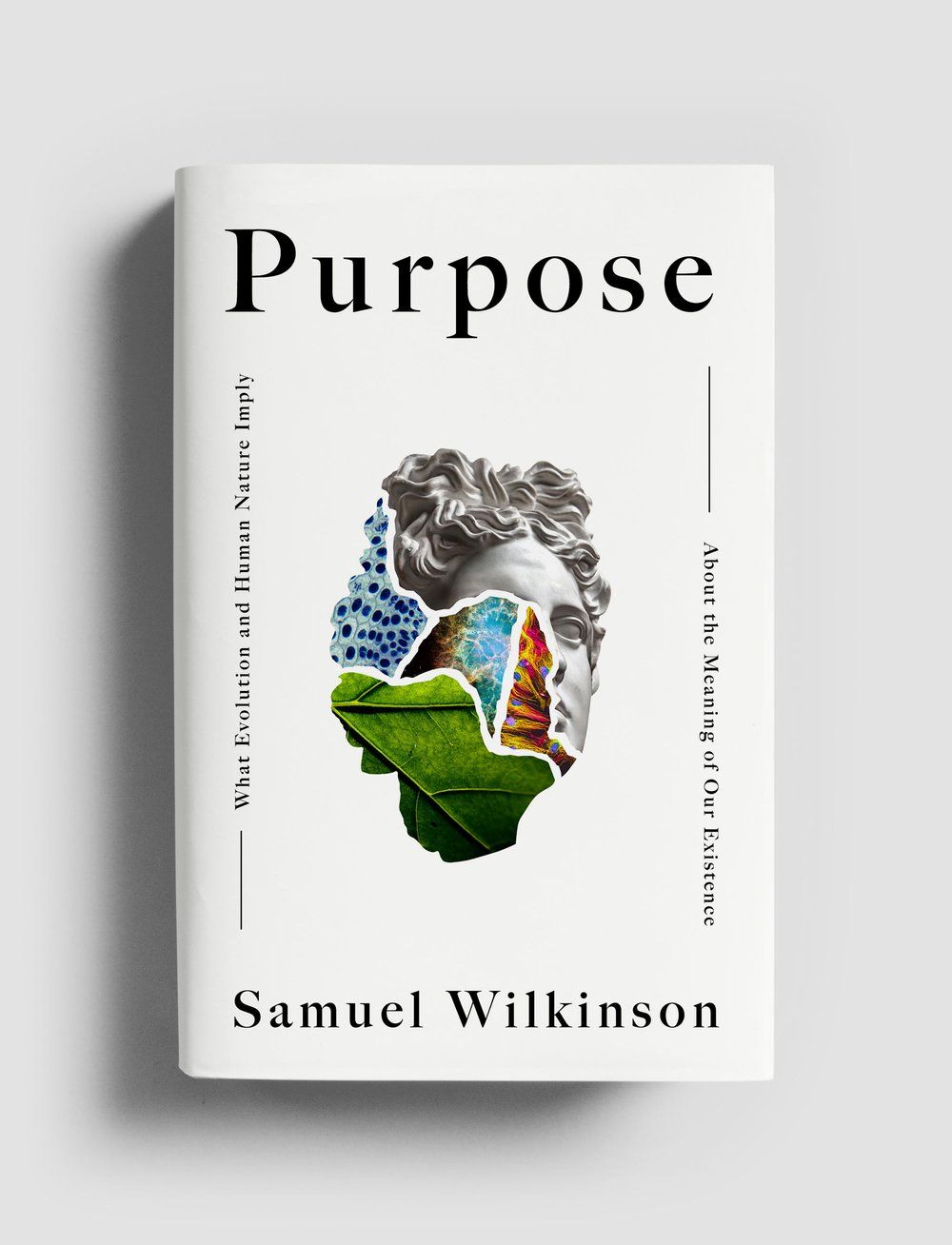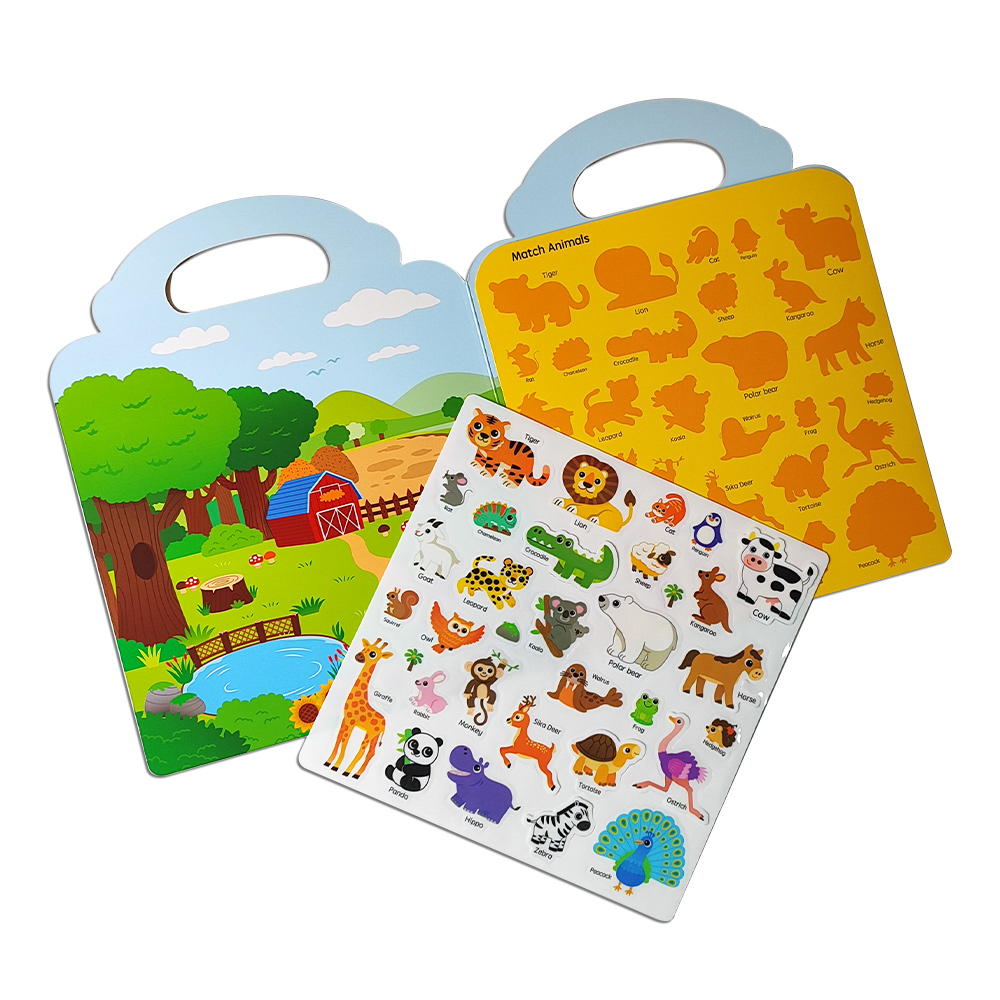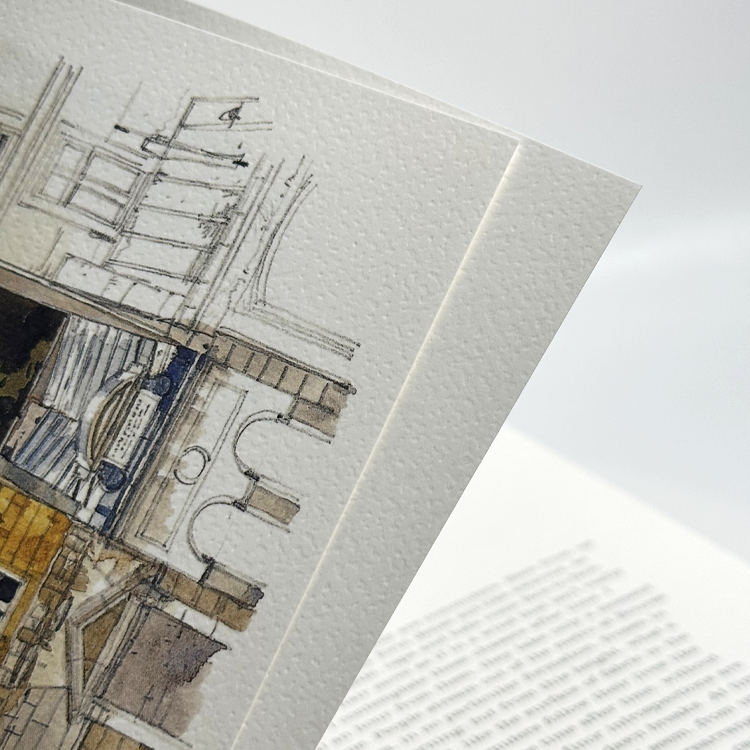What Is The Cheapest Way To Make A Book?
If you’re diving into self-publishing, one of your primary concerns will be finding economical options for book printing. Every initial expenditure—from binding to cover design to marketing—can significantly eat into your profits. Moreover, marketing your book is another financial endeavor, making it essential to keep printing costs low while still producing a quality product.
Fortunately, various affordable printing services can help you get your book into the hands of readers without putting a strain on your finances. This article will explore reliable low-cost book printing options and offer strategies to minimize your printing expenses.
Inhaltsverzeichnis
Understanding the Costs of Book Printing
Die Kosten für den Druck individueller Bücher können sehr unterschiedlich ausfallen und liegen normalerweise zwischen $2 und $10 oder mehr pro Exemplar. Bei günstigeren Druckoptionen fehlen möglicherweise bestimmte Funktionen, wie z. B. Vollfarbbilder oder Hardcover-Bindungen. Es ist jedoch wichtig, beim Sparen keine Kompromisse bei der Qualität einzugehen. Leser suchen oft nach qualitativ hochwertigen Büchern. Daher ist es wichtig, ein Gleichgewicht zwischen Qualität und Kosten zu finden.
Factors Influencing Printing Costs
Quantity of Prints: The number of copies you wish to print directly impacts pricing. Many printing companies offer bulk discounts, making it more economical to print larger quantities.
Papierqualität: The type of paper used can affect both the tactile experience of your book and the overall cost. Standard options tend to be more affordable than specialty papers.
Book Size and Format: The dimensions of your book play a significant role in production costs. Smaller formats, like mass-market paperbacks, are usually cheaper than larger trade or hardcover editions.
Binding Type: The method used to bind your book can either inflate or reduce your costs. For instance, perfect binding is typically less expensive than case binding due to the materials and labor involved.
Design Elements: Additional design features, such as color printing and custom illustrations, can drive up costs. It’s crucial to weigh these enhancements against your budget.
Versandkosten: Heavier or larger books incur higher shipping costs. Be sure to factor this into your overall budget when deciding on your book’s design and format.
Key Considerations for Economical Book Printing
Bulk Printing vs. Print-on-Demand Many printing services offer discounts for bulk orders, which can help reduce costs significantly. However, this approach necessitates a considerable upfront investment. Print-on-demand services, on the other hand, are perfect for authors who wish to minimize initial expenditures, as they allow for smaller print runs without upfront costs. The decision largely depends on your confidence in selling the volume of books ordered.
Selecting Standard Sizes and Weights The dimensions and weight of your book can greatly influence printing costs. For instance, trade paperbacks are generally cheaper to print than hardcover editions, which require more durable materials. Opting for standard paper sizes and weights can help you avoid additional fees associated with custom specifications.
Choosing the Right Binding Type The binding method significantly affects your book’s overall quality and cost. Case bindings, typical for hardcovers, are more expensive and labor-intensive. Perfect binding, commonly used for paperbacks, involves simpler techniques and materials, making it a more economical option. Consider your target audience and pricing strategy when deciding on binding.
Determining Book Size The size of your book will also impact printing costs. Smaller formats, like mass-market paperbacks, tend to be cheaper than larger trade or hardcover editions. Keep in mind that larger books will incur higher production expenses, so plan your book size according to your budget and market expectations.
Optimizing Page Count Each additional page increases the printing costs, so it’s vital to strike a balance between the content you want to include and the budget you have in mind. Additionally, remember that the more pages you have, the more paper you will need, which can substantially raise costs. Ensure that the font size remains legible to your readers while keeping page count in check.
Minimizing Shipping Expenses Larger and heavier books can significantly raise shipping costs. When finalizing your design, discuss shipping options with your printer to estimate costs accurately. Bundling printing with shipping services may also help you save on logistics. Some companies offer combined services, ensuring your books are printed and shipped efficiently.
Comparing Quotes from Various Printers Obtaining multiple quotes from different printing companies allows you to effectively compare pricing and services. This process not only helps identify potential hidden fees but also allows you to gauge the quality of work offered by various printing companies. Requesting samples can provide insight into the craftsmanship involved.
Strategies to Save on Book Printing Costs
Researching and Engaging with Printers Start by reaching out to various printers and fulfillment companies to gather information about their pricing and services. A comprehensive understanding will help you make informed decisions.
Utilizing Technology Leverage online tools and platforms to compare printing services and obtain quotes quickly. Many printing companies now provide instant online pricing calculators, streamlining the process.
Evaluating Samples Requesting samples from potential printers is an excellent way to assess their quality and ensure that their output meets your standards. Examining physical examples of their work can provide insight into the craftsmanship involved.
Considering Local Options Sometimes local printing companies can offer better rates, particularly when you factor in shipping costs. Supporting local businesses may also yield benefits in customer service and collaboration.
Understanding Turnaround Times Inquire about production and shipping timelines, as rushed orders often incur additional fees. Planning ahead can help you avoid these surcharges.
Exploring Crowdfunding If you’re facing financial constraints, consider using crowdfunding platforms to raise capital for your book project. Engaging with your audience early on can generate support and pre-orders, helping to alleviate initial costs.
Joining Author Collectives Many authors find it beneficial to join collectives or cooperatives that pool resources for printing. These organizations can offer collective bargaining power for better rates.
Additional Tips for Successful Self-Publishing
Marketing and Distribution Develop a solid marketing strategy before your book is printed. Effective marketing can drive sales and offset some of your printing costs. Consider social media campaigns, author readings, and engaging with online book communities.
Professional Editing and Proofreading Quality content is key to a successful book. Investing in professional editing and proofreading can elevate your work and attract readers. While this may increase initial costs, the long-term benefits of producing a polished book can outweigh the investment.
Creating an Eye-Catching Cover A professionally designed cover can significantly influence sales. Since the cover is often the first thing potential readers see, make sure it effectively represents your book’s content and appeals to your target audience.
Utilizing Print-on-Demand for Flexibility If you are unsure about the demand for your book, consider utilizing print-on-demand services to maintain flexibility. This approach allows you to adjust your print quantities based on sales and reader interest.
Networking with Other Authors Building relationships with other authors can provide invaluable insights and resources. Networking can lead to opportunities for collaborative marketing efforts and sharing printing resources, reducing costs for everyone involved.
Abschluss
Finding the most affordable way to print a book requires a thorough understanding of the available options and a strategic approach to managing costs associated with self-publishing. By carefully considering factors such as printing methods, binding types, and material choices, you can produce a high-quality book without straining your finances.
Engaging with multiple printing services, seeking out discounts, and exploring innovative solutions can also significantly reduce your expenses. Ultimately, the goal is to ensure that your readers receive a quality book while you maintain a healthy profit margin. With careful planning and the right resources, you can successfully navigate the world of self-publishing and share your literary work with the world.
FAQs
1. Warum sind gebundene Bücher im Allgemeinen teurer als Pappbücher?
Hardcover-Bücher erfordern in der Regel teurere Materialien wie Stoff oder Leder für den Einband und einen aufwändigeren Bindeprozess. Die Fertigungskomplexität und die hochwertigeren Komponenten tragen zu den höheren Kosten im Vergleich zu Pappbüchern bei, deren Herstellungsverfahren einfacher sind.
2. Sind Pappbilderbücher für alle Altersgruppen geeignet?
Pappbilderbücher sind speziell für sehr kleine Kinder wie Säuglinge und Kleinkinder konzipiert. Sie sind für diese Altersgruppe eine langlebige und sichere Option, während gebundene Bücher sich an ältere Kinder und Erwachsene richten und komplexere Geschichten und Themen bieten.
3. Wie bestimme ich, welches Format ich für mein Projekt wähle?
Um das beste Format für Ihr Buch zu bestimmen, berücksichtigen Sie Ihre Zielgruppe, den Umfang des Inhalts und Ihr Budget. Wenn sich Ihr Projekt an sehr junge Leser richtet, sind Pappbilderbücher aufgrund ihrer Haltbarkeit und ihres ansprechenden Inhalts möglicherweise die beste Option. Für komplexere Geschichten oder Lehrmaterialien für ältere Leser sind gebundene Bücher besser geeignet. Die Bewertung dieser Faktoren trägt dazu bei, ein erfolgreiches Druckprojekt sicherzustellen.
Zusammenfassend lässt sich sagen, dass sowohl Pappbilderbücher als auch gebundene Bücher in der Literatur für junge Leser eine wichtige Rolle spielen. Wenn Sie die Unterschiede zwischen den beiden Formaten verstehen, können Sie fundierte Entscheidungen treffen, die mit den Zielen Ihres Projekts übereinstimmen und sicherstellen, dass Ihre Publikation bei der Zielgruppe Anklang findet.
Buchdruck
Neue Produkte
Letzter Blog
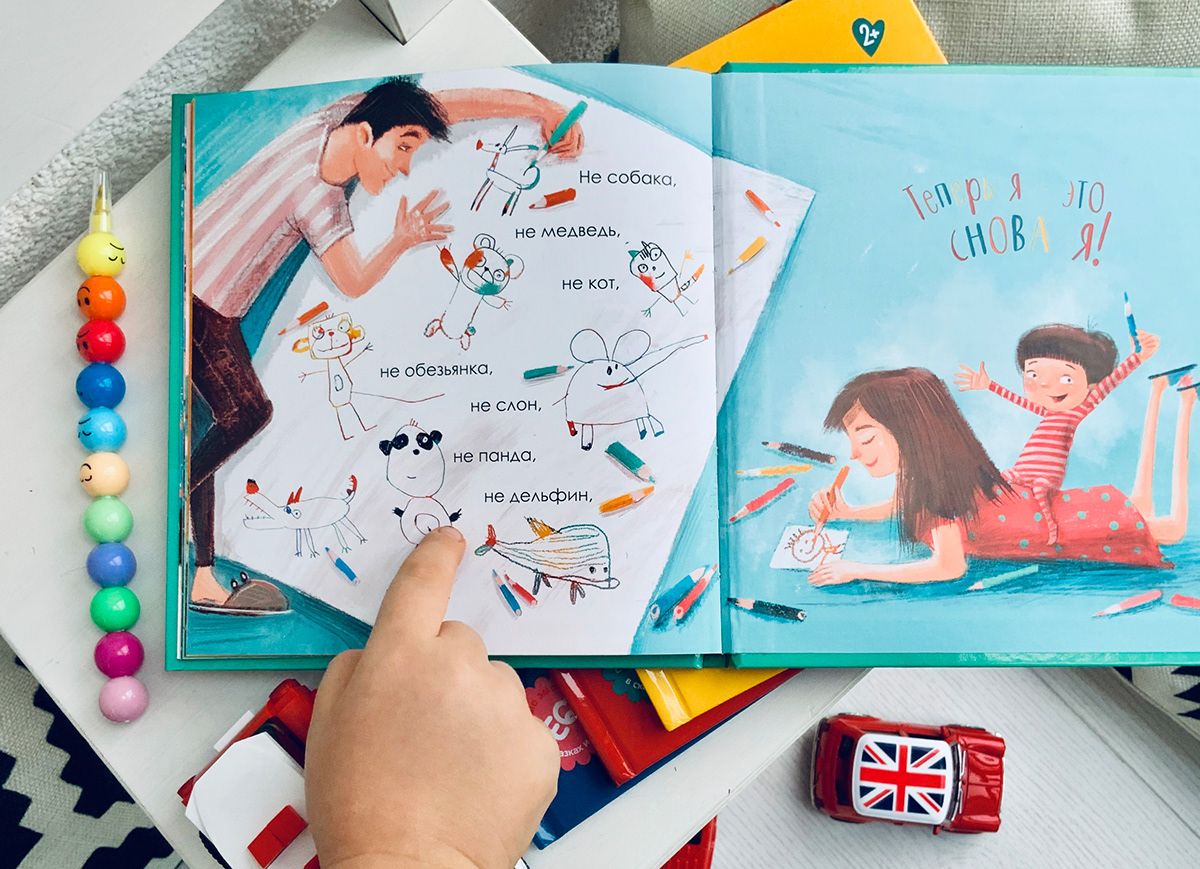
Welches Papier eignet sich am besten zum Drucken von Kinderbüchern?
Bei der Gestaltung eines Kinderbuchs kommt es auf jedes Element an – insbesondere auf die Wahl des Papiers. Die Wahl der richtigen Papiersorte kann das Aussehen eines Buches verbessern,

Wie viel kostet die Erstellung eines Coffee Table Books?
Die Erstellung eines Bildbandes ist ein spannendes und kreatives Unterfangen, doch eine der ersten Fragen, die sich stellt, lautet: Wie viel kostet die Erstellung eines Bildbandes?
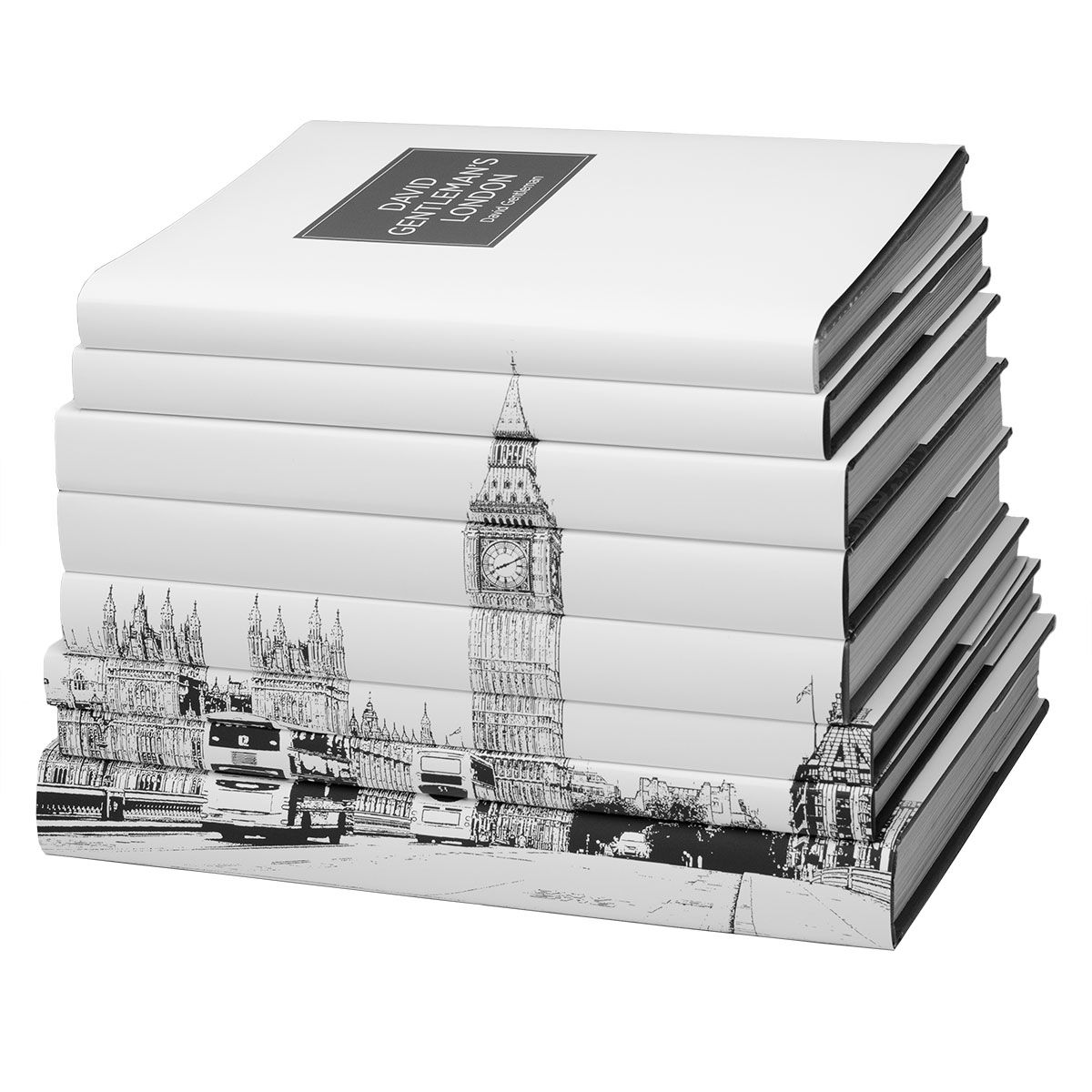
Auswahl der richtigen Buchdruckerei in China
Sind Sie ein aufstrebender Autor oder ein Selbstverleger, der sein literarisches Werk zum Leben erwecken möchte? Die Auswahl der richtigen Buchdruckerei ist ein entscheidender Schritt, der die Qualität und den Erfolg Ihrer Veröffentlichung maßgeblich beeinflussen kann.
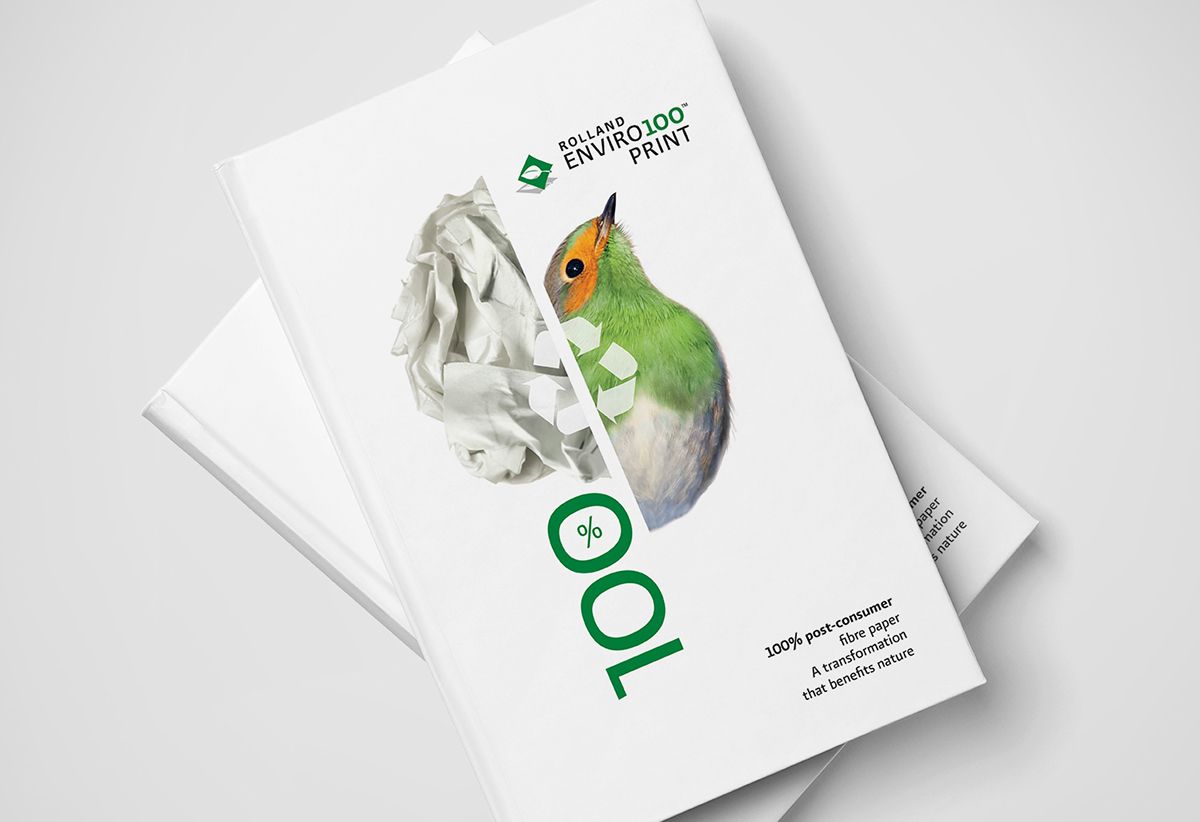
Welches ist die beste Größe für ein im Selbstverlag herausgegebenes Buch?
Wenn Sie sich in die Selbstveröffentlichung stürzen, wird eines Ihrer Hauptanliegen darin bestehen, kostengünstige Optionen für den Buchdruck zu finden
Kontaktieren Sie uns
- +86 13946584521
- info@booksprinting.net
- 8:00 - 22:00 Uhr (Mo - So)
Kommentare
Verwandter Blog
Finden Sie die neusten Trends und allgemeines Wissen im Buchdruckgeschäft.
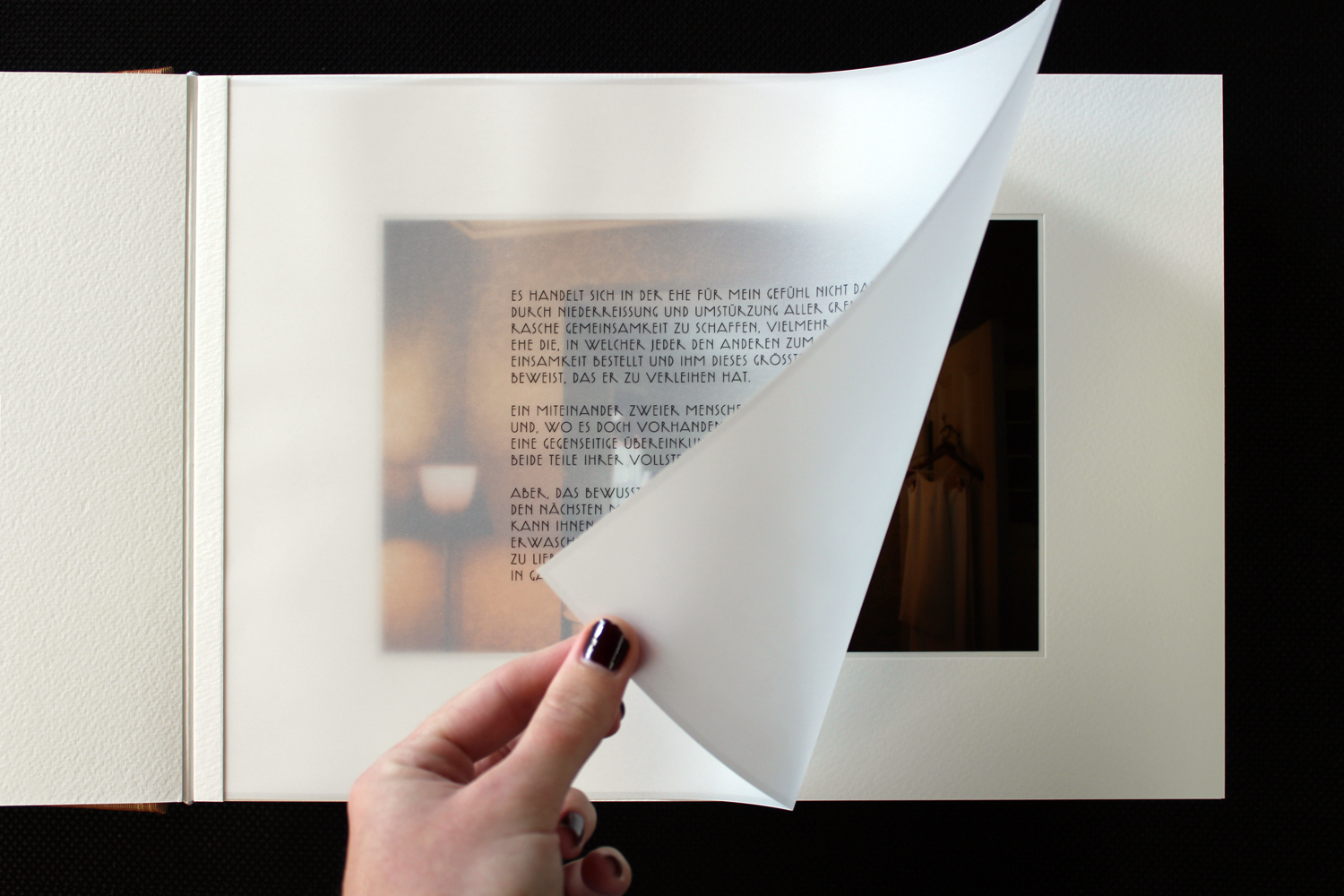
Bewahren Sie Erinnerungen und präsentieren Sie Ihre Arbeit mit dem hochwertigen Druck von Fotobüchern
Wenn Sie sich in die Selbstveröffentlichung stürzen, wird eines Ihrer Hauptanliegen darin bestehen, kostengünstige Optionen für den Buchdruck zu finden
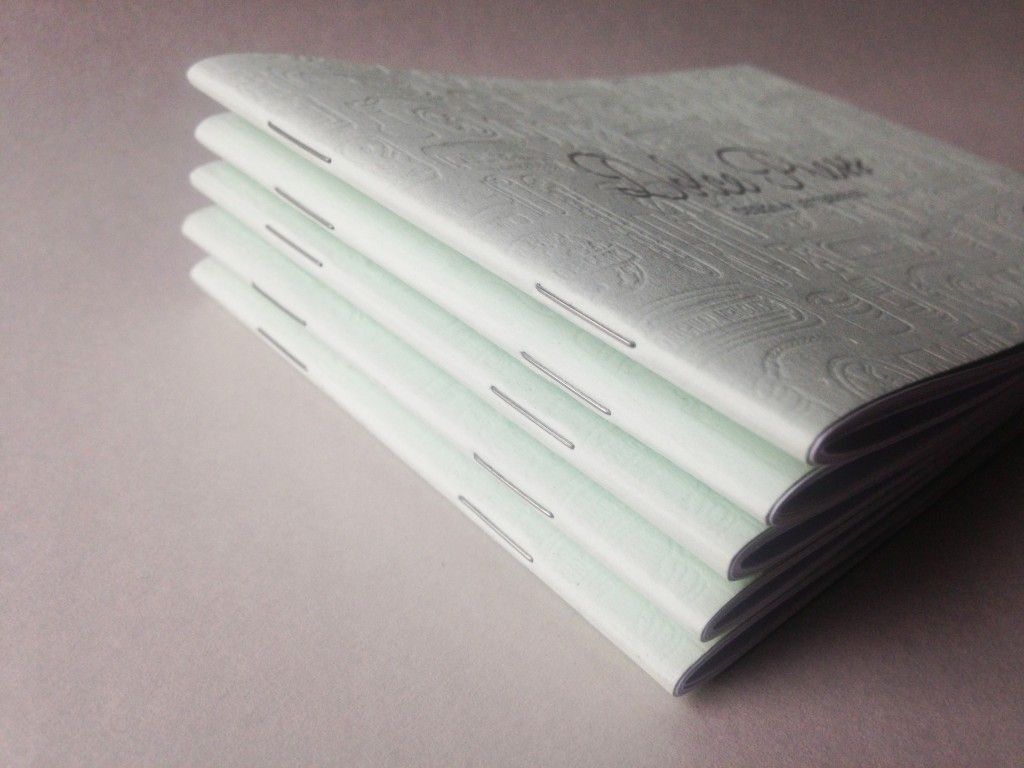
Was ist der Druck von Broschüren mit Sattelheftung?
Der Druck von Broschüren mit Rückendrahtheftung ist eine äußerst effektive Bindemethode, die häufig bei der Herstellung verschiedener Arten von Zeitschriften, Magazinen und Broschüren verwendet wird.
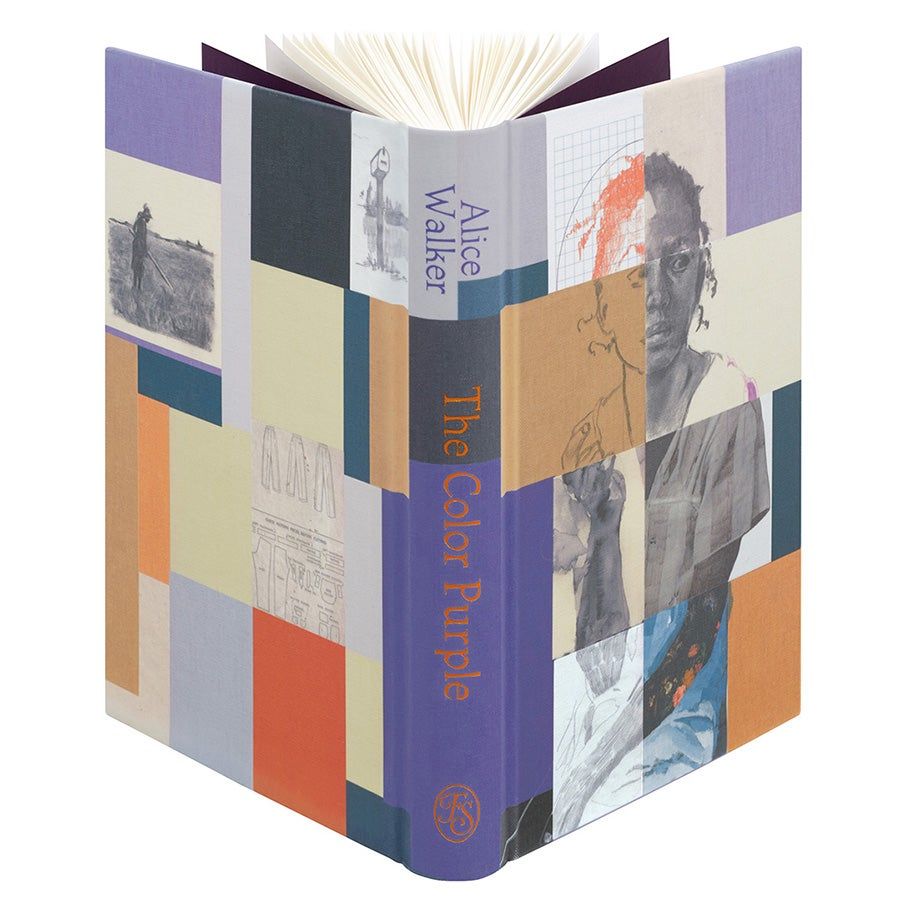
Umfassender Leitfaden zur individuellen Hardcover-Buchbindung
Die Hardcover-Buchbindung bleibt aufgrund ihrer unvergleichlichen Haltbarkeit und eleganten Ästhetik eine Top-Wahl für Autoren, Verleger und Buchliebhaber. Während Taschenbücher praktisch und tragbar sind,
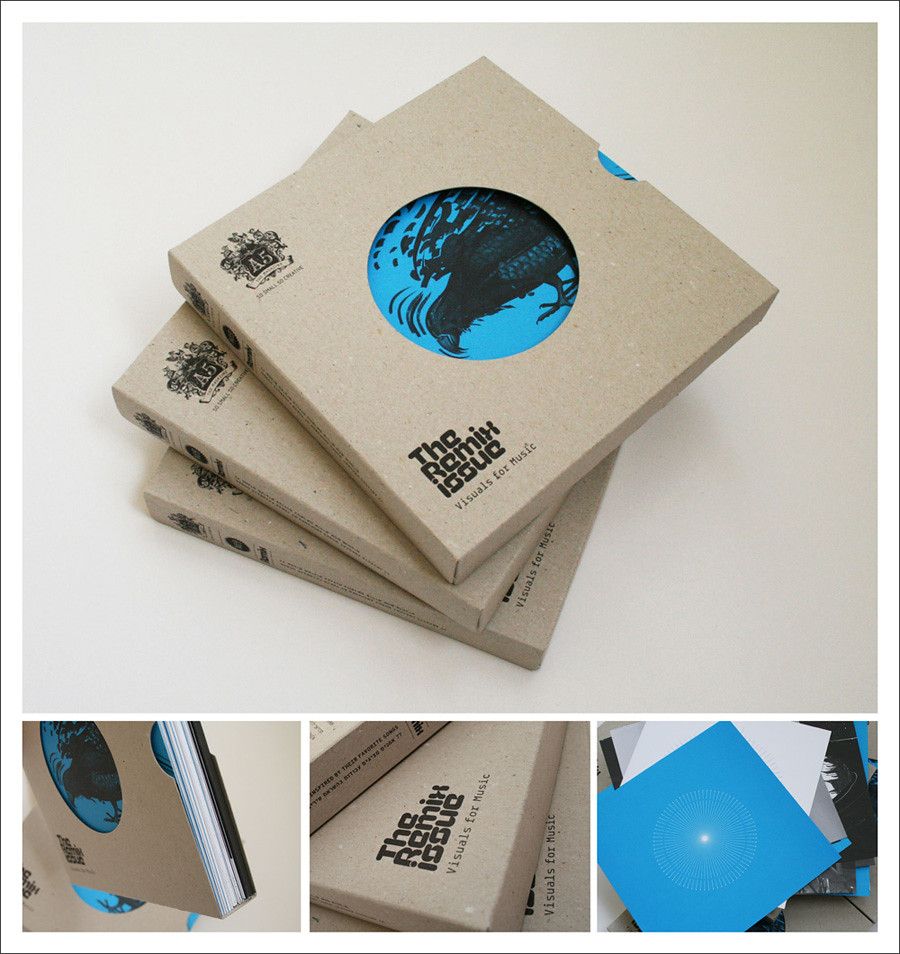
Wie viel kostet der Druck eines 200-seitigen Taschenbuchs?
Als spezialisierte Buchdruckerei verstehen wir, dass der Weg zum Self-Publishing sowohl aufregend als auch entmutigend sein kann.

